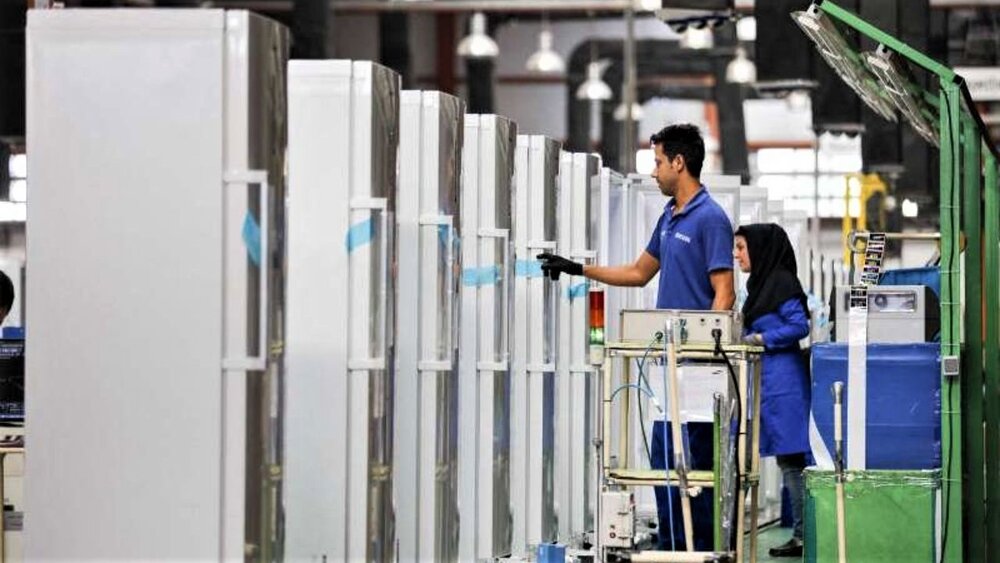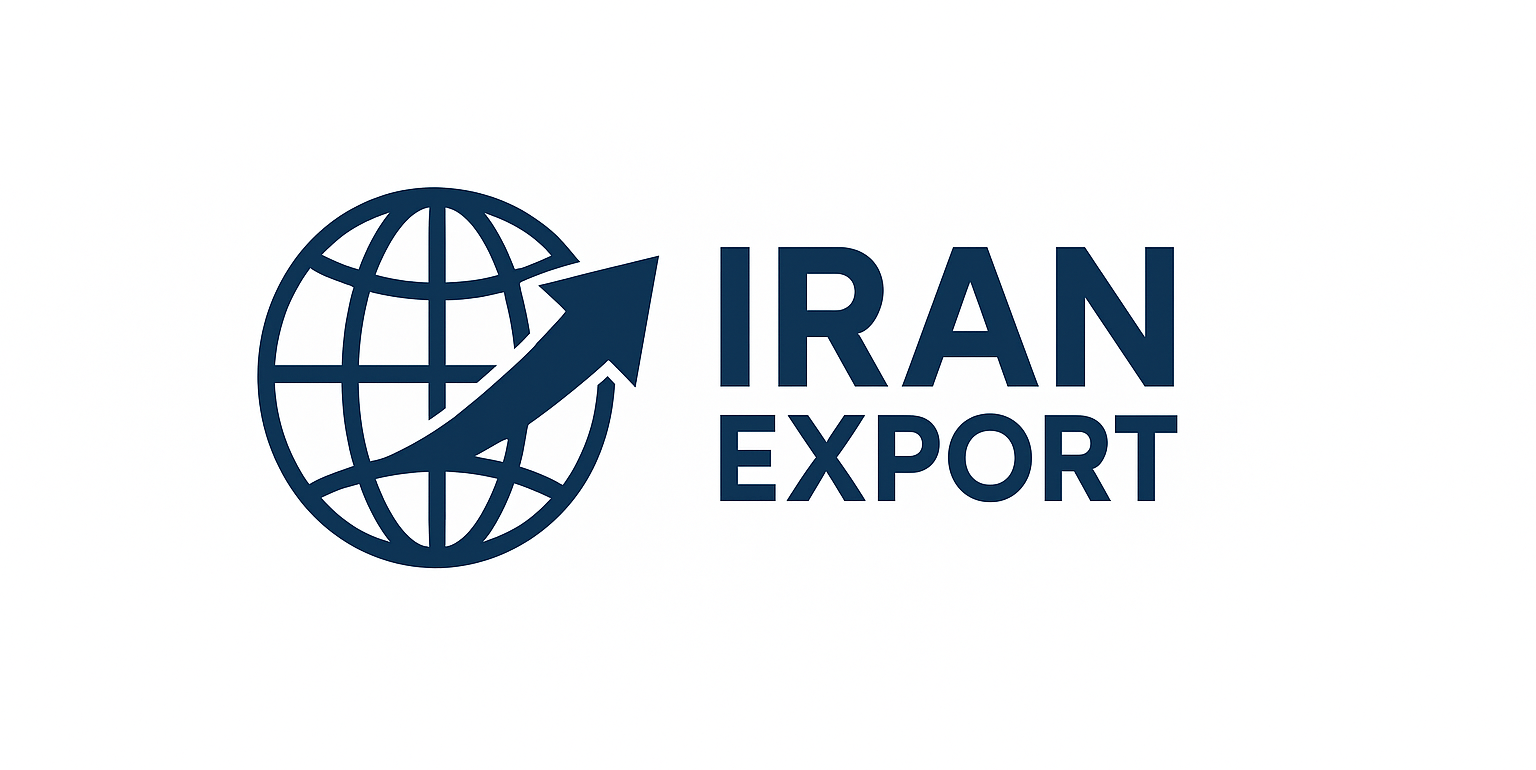
The Evolution of Iran’s Home Appliance Industry: From Local Production to Global Competitiveness
Introduction
Over the past few decades, Iran’s home appliance industry has undergone a remarkable transformation — evolving from small-scale domestic manufacturing to a globally recognized sector with growing export potential. Today, Iranian manufacturers produce a wide range of household appliances, from refrigerators and washing machines to small kitchen electronics, competing not only in local markets but also across the Middle East, Central Asia, and Africa. This growth has been driven by a combination of technological innovation, skilled labor, strategic government support, and a strong industrial supply chain.
Early Development: Building a Local Foundation
The origins of Iran’s home appliance industry date back to the mid-20th century, when local assembly of imported components began to meet domestic demand. At that time, most of the appliances were foreign-designed and heavily dependent on imported parts. However, as industrial capabilities expanded and local expertise improved, Iranian companies began manufacturing core components domestically — marking the first steps toward industrial independence.
During the 1980s and 1990s, state policies encouraged import substitution and technology transfer, leading to the establishment of several key domestic brands. These early producers focused on basic appliances such as fans, heaters, and gas stoves, gradually increasing their production capacity and quality.
Technological Progress and Product Diversification
By the early 2000s, Iran’s home appliance sector had entered a new phase of modernization. Investments in R&D, automation, and digital design allowed manufacturers to improve efficiency and enhance the durability of their products. With access to local raw materials, such as steel and petrochemical derivatives, production costs remained competitive.
Iranian brands began diversifying their product lines to include smart and energy-efficient appliances, aligning with international trends. For example, modern air conditioners, washing machines, and refrigerators now feature inverter technology and IoT-based smart controls, making Iranian products attractive to a wider range of customers both domestically and abroad.
Economic Significance and Industrial Ecosystem
The home appliance industry plays a vital role in Iran’s non-oil economy. It supports tens of thousands of jobs across the value chain — from component manufacturing and assembly to logistics and retail. Major industrial hubs such as Qazvin, Mashhad, and Tabriz host numerous factories that supply both the domestic market and export destinations.
According to trade data, the domestic market size exceeds several billion dollars annually, with demand driven by a young and growing population. Moreover, the industry benefits from access to affordable energy, skilled engineering talent, and a well-developed petrochemical base — all of which contribute to its competitive production environment.
Export Expansion and Global Competitiveness
In recent years, Iranian home appliance manufacturers have actively pursued international expansion, focusing on regional markets where affordability, quality, and reliability matter most. Countries in Iraq, Afghanistan, Syria, Armenia, and Central Asia represent key export destinations. Additionally, new trade links with African and Eurasian countries are helping Iranian brands gain further visibility.
Iran’s competitive advantage lies in its ability to produce high-quality, cost-effective appliances with localized designs that suit diverse climates and consumer preferences. Strategic partnerships, brand modernization, and participation in international trade exhibitions have strengthened Iran’s global footprint in the appliance industry.
Innovation and Smart Manufacturing
The shift toward smart home solutions marks a turning point for Iran’s appliance sector. Local companies are investing in IoT integration, energy-saving technologies, and AI-assisted design. These innovations are not only improving user experience but also aligning Iranian products with global sustainability goals.
Moreover, many manufacturers have adopted Industry 4.0 principles, integrating robotics and data-driven production systems to enhance quality control and reduce waste. This modernization is positioning Iran as a competitive player in the digital transformation of home appliances.
Challenges and Future Outlook
Despite its progress, the industry faces challenges such as limited access to international banking, import restrictions on advanced components, and intense competition from Asian brands. However, the continued development of local suppliers and increasing government incentives for export growth are gradually overcoming these barriers.
Looking ahead, Iran aims to strengthen its brand identity, after-sales services, and innovation capacity. With a combination of skilled human capital, industrial infrastructure, and market-driven strategy, the Iranian home appliance sector is poised to become a regional leader in both quality and production scale.
Conclusion
The evolution of Iran’s home appliance industry is a story of resilience, innovation, and strategic adaptation. From humble beginnings in local workshops to participation in global supply chains, Iranian manufacturers have proven their ability to compete on quality, efficiency, and cost. As digitalization and sustainability reshape the global market, Iran’s focus on smart technologies, energy efficiency, and design excellence will ensure its continued growth and competitiveness in the years to come.

